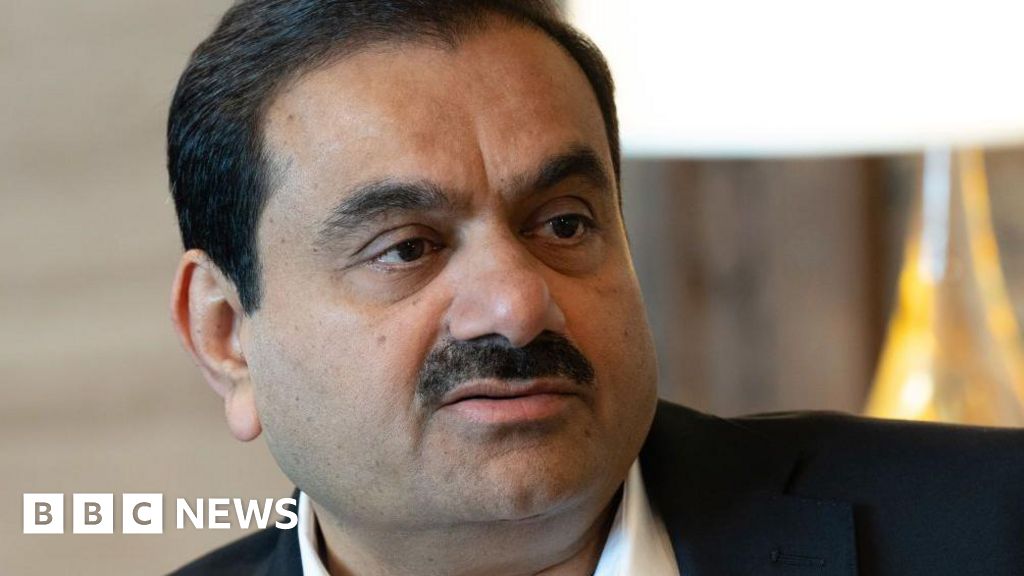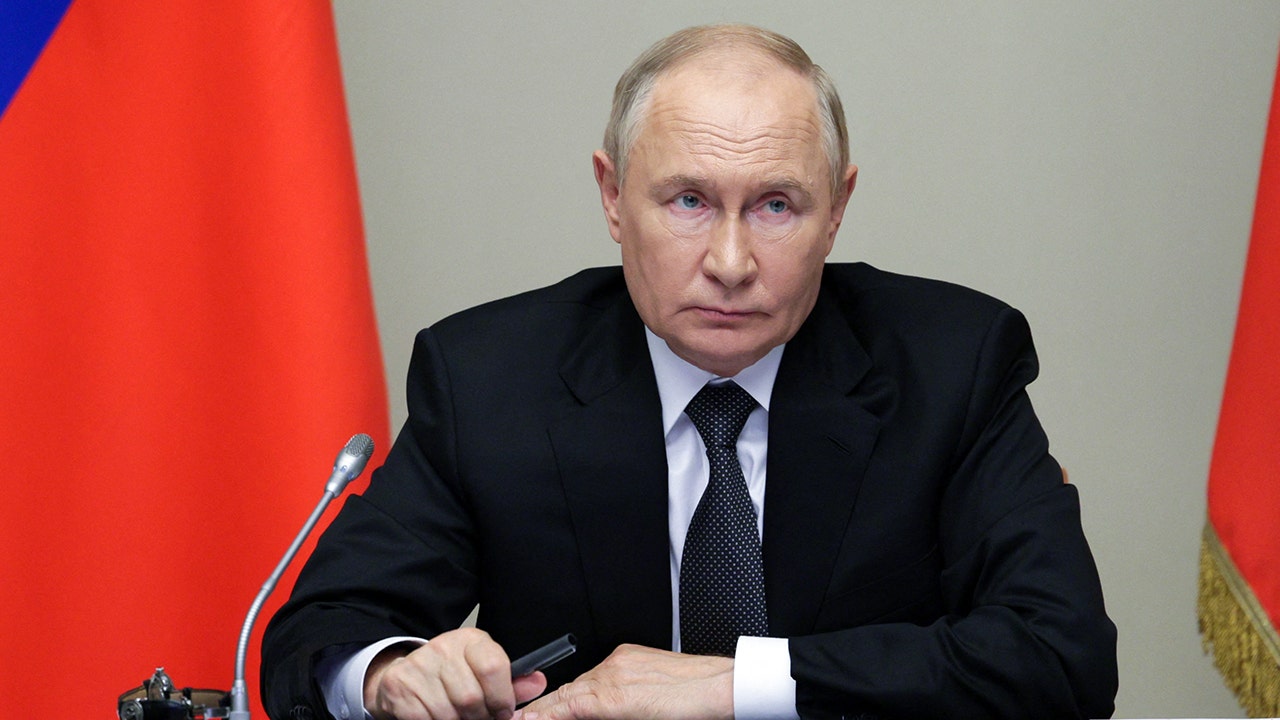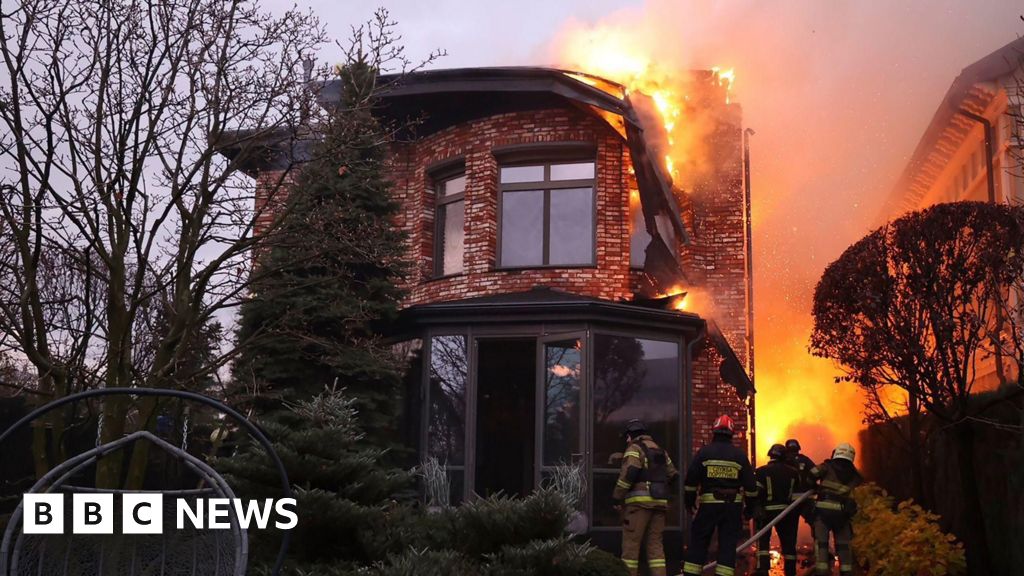World
Let us show Putin we have ability to hit targets deep inside Russia, Ukraine urges west

Ukraine wants permission from the west to use long-range Storm Shadow missiles to destroy targets deep inside Russia, believing this could force Moscow into negotiating an end to the fighting.
Senior figures in Kyiv have suggested that using the Anglo-French weapons in a “demonstration attack” will show the Kremlin that military sites near the capital itself could be vulnerable to direct strikes.
The thinking, according to a senior government official, is that Russia will consider negotiating only if it believes Ukraine had the ability “to threaten Moscow and St Petersburg”. This is a high-risk strategy, however, and does not so far have the support of the US.
Ukraine has been lobbying for months to be allowed to use Storm Shadow against targets inside Russia, but with little success. Nevertheless, as its army struggles on the eastern front, there is a growing belief that its best hope lies in counter-attack.
On Saturday, Ukraine’s president Volodymyr Zelenskiy, speaking on the country’s independence day, said Kyiv had no choice but to retaliate against Russia’s full-scale invasion, launched “913 days ago” in February 2022 – and in particular against Moscow’s use of aerial bombs and ballistic missiles against civilians.
“Our enemy will also know what the Ukrainian retaliation means,” the president said. “Worthy, symmetrical and long-range. They will know that, sooner or later, a Ukrainian response will reach any point in the Russian Federation that is a source of danger to the life of our state and our people.”
Kyiv and other major cities in Ukraine are routinely targeted by Russian missiles and drones. This week, Oleksandr Syrskyi, the chief of the country’s military, said that since the start of the year, Moscow had attacked Ukraine with 9,590 missiles and 13,997 drones, hitting 6,203 civilian targets and 5,676 military ones.
Earlier this month, Ukraine launched a surprise incursion into Kursk province and now claims control of 1,250 sq km (483 square miles) of Russian territory, though its pace of advance slowed last week. At the same time, Kyiv’s forces have been losing ground near Pokrovsk in the Donbas, where the Russian invaders are now within seven miles of the city, which is a key road and rail hub.
Storm Shadow missiles were developed primarily by an Anglo-French collaboration and are made by European joint venture MBDA, which also has an Italian partner. But because some of its components are supplied by the US, the White House also has to agree to its use inside Russia. It has so far refused to do so, fearing an escalation of the conflict.
Zelenskiy has argued that the aftermath of Ukraine’s incursion into Russia shows that Kremlin warnings about red lines are exaggerated. Moscow has largely downplayed the attack: leaders barely refer to it in public and describe their response as a “counter-terrorism operation”.
US officials told news website Politico that they believed Storm Shadow and other long-range missiles might not be accurate enough over great distances, and that the Russian jet fighters that launched glide bombs into Ukrainian frontline areas were largely based out of range of the missiles, as a precaution.
Ukraine also launched a daring series of drone attacks into Russia last week, including an attack on Moscow on Wednesday and on the Marinovka airbase near Volvograd on Thursday, where Su-34 and Su-35 jets that have bombed Ukraine have been based.
Sources in Kyiv said drone operations could cost “as little as $1m a time”, and hoped they could destroy some of Russia’s estimated 300 combat aircraft in an attempt to reduce the number of attacks from glide bombs. Estimates vary but a single Su-34 or Su-35 plane may cost as much as $50m.
Although it can be argued that the drone attacks are a substitute, one strand of thinking in Kyiv is that by showing Russia it can strike deep inside the country with missiles, it could prompt a reassessment in the Kremlin. However, few believe President Vladimir Putin is interested in calling a halt.
John Foreman, a former UK defence attache to Russia and Ukraine, said Kyiv “should not get sucked into a sideshow” by fixating on possible use of Storm Shadow and should instead focus on defending the Donbas.
Russia is considered to believe it can break Ukraine though attrition, and is estimated by Kyiv to have about 600,000 troops inside the country. Capturing Pokrovsk in the Donbas ahead of the US presidential election in November would be designed to demonstrate to a new occupant of the White House that Ukraine was fighting a losing battle.
Ukraine is believed to have been given the export version of Storm Shadow (known as Scalp in France) by London and Paris. These missiles have a range of about 190 miles, though both the UK and France have domestic versions with a range double that. Moscow lies about 300 miles from Ukraine’s northern border.
It is reported that the UK had not applied formally to the US for permission to allow Ukraine to use Storm Shadow inside Russia. The Ministry of Defence declined to comment on this, and instead repeated previous statements about the UK believing Ukraine has a “clear right of self-defence”.
Earlier, prime minister Keir Starmer said the UK would back Ukraine “today and always” as he marked the 33rd anniversary of the country’s independence from the former Soviet Union. “We are with you for as long as it takes,” he added.
Russia and Ukraine also exchanged more than 100 prisoners of war. Ukraine said on Saturday that the 115 servicemen who were freed were conscripts, many of whom were taken prisoner in the first months of the invasion. About 50 soldiers captured at the steelworks in Mariupol were also included. The Russian defence ministry said the 115 Russian soldiers had been captured in the Kursk region where Ukrainian forces launched their surprise offensive two weeks ago. The ministry said the soldiers were currently in Belarus, but would be taken to Russia for medical treatment.









